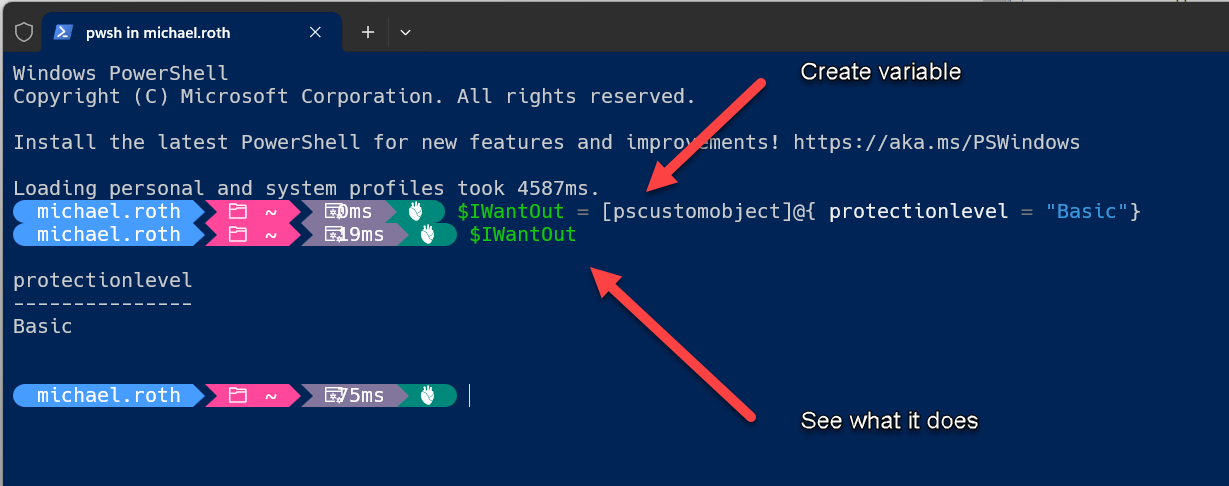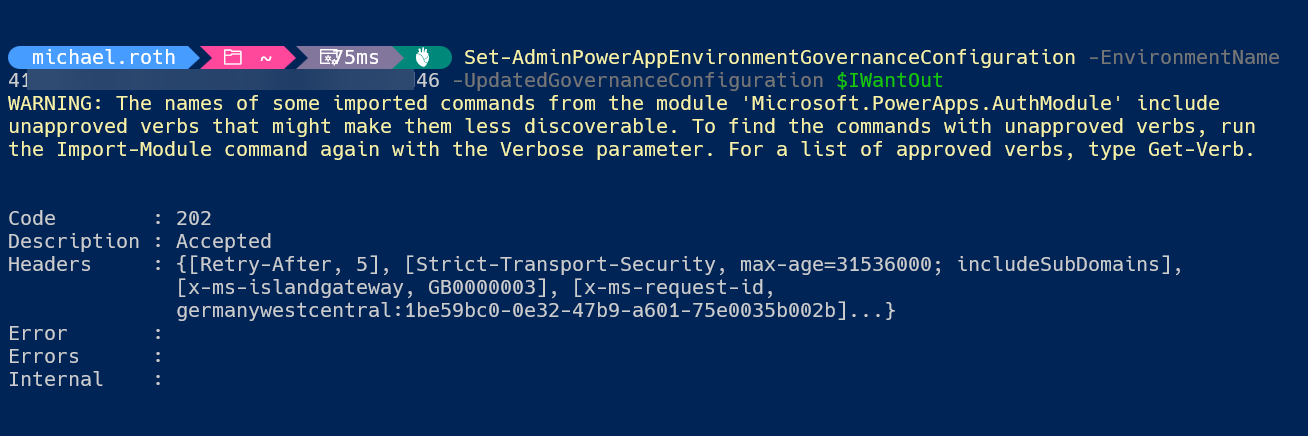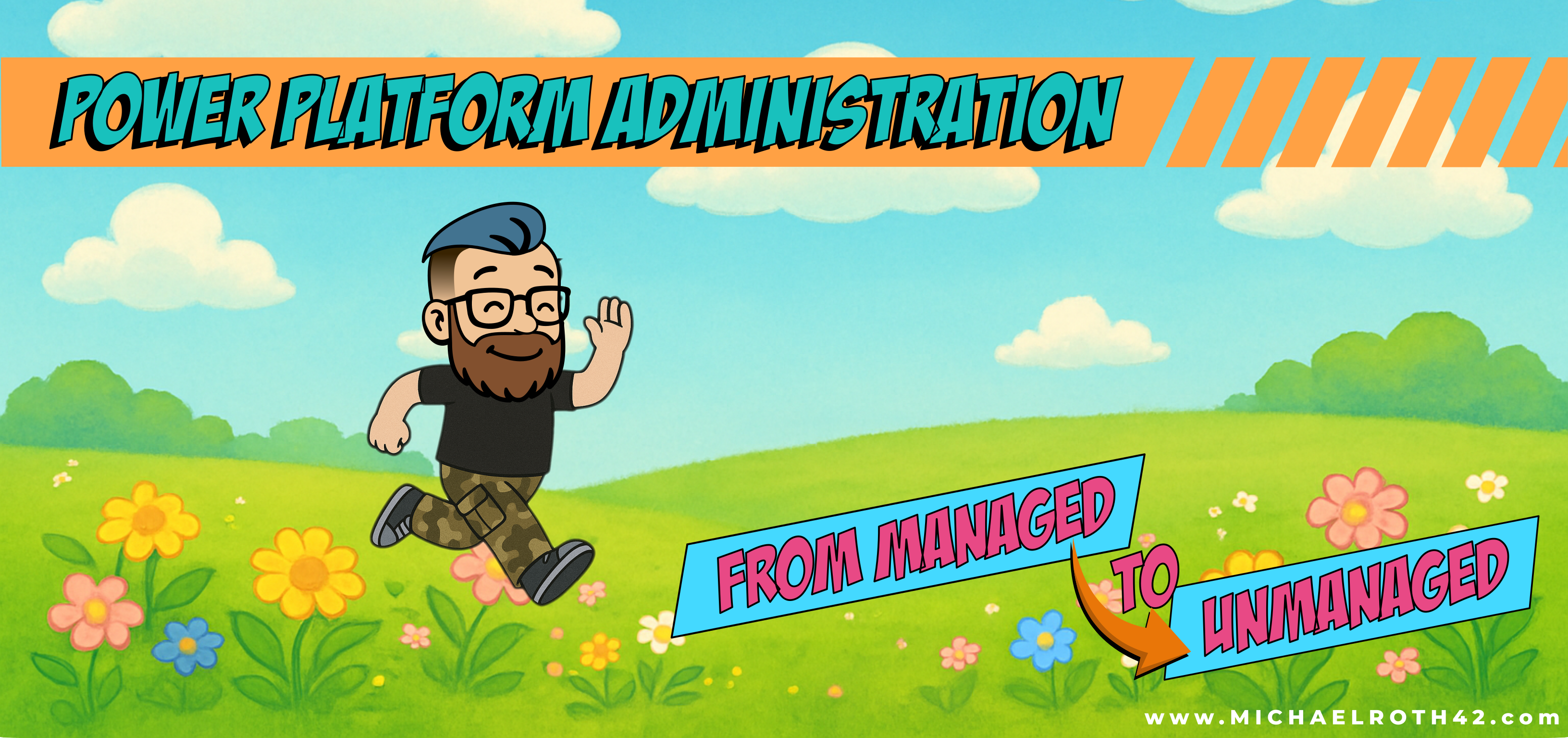How to unmanage an environment?
From Managed to Unmanaged – A Quick PowerShell Trick
Sometimes it takes just one smart question to inspire a blog post.
Shoutout to my customer (you know who you are 😉) who recently asked:
“How can I turn a managed environment into an unmanaged one?”
Now, I genuinely like Managed Environments. They bring a lot of structure, guardrails, and visibility to the Power Platform—plus, features like solution checker enforcement, maker welcome content, and better ALM integration are pretty awesome.
But—and here’s the big but—they require a premium license for every user. And let’s be real, that’s a tough sell in many organizations.
So, back to the question: Can you unmanage a managed environment?
Yes, you can. And surprise: it works beautifully with PowerShell.
🛠 What you need
Before we begin:
- Make sure you’ve installed the Microsoft.PowerApps.Administration.PowerShell module.
- Log in using an account that has environment admin or tenant admin permissions.
(The cmdlet
Add-PowerAppsAccountwill open a login prompt)
If you’ve got that covered, here’s how it works:
Step 1: Create a custom object in a variable
$IWantOut = [pscustomobject]@{ protectionlevel = "Basic" }
as you can see, my variable is called “I want out”, but you can name it whatever you like. But be warned:
The human brain is amazing. It functions 24/7 from the day we’re born and only stops when you’re naming a variable or speaking to someone attractive. 🤓😂

Step 2: Run this cmdlet
Set-AdminPowerAppEnvironmentGovernanceConfiguration
-EnvironmentName "<your-environment-name>"
-UpdatedGovernanceConfiguration $IWantOut
Replace <your-environment-name> with the name of your managed environment. And with name, I mean Environment ID (don’t you love how often name and ID get confused in the documentation?)

That’s it! This changes the governance configuration and effectively removes the managed environment status.
If you’ve never worked with custom objects in PowerShell, don’t worry—I’ve got you covered. I wrote a blog post all about it Let’s create custom objects that walks you through the basics.
Because sometimes governance means knowing when to simplify, and today, that means switching from managed to unmanaged. And if you haven’t found the official documentation from Microsoft (like I didn’t), I also got a link for you 😅
Thanks again to my customer for the great question—and for reminding me that the best blog topics come from the real world.
The End
I welcome comments, remarks and discussions about your experiences with Power Platform Governance.
